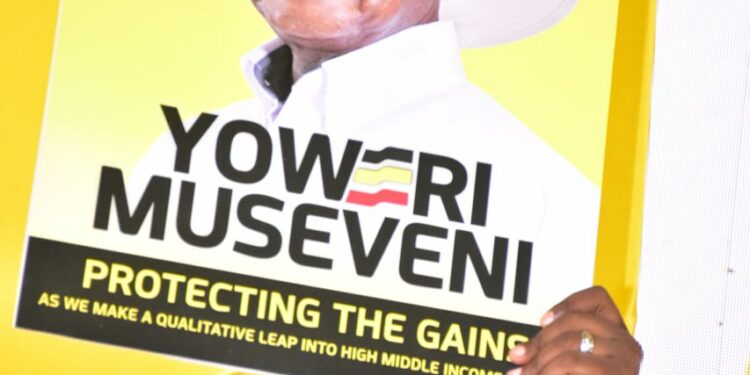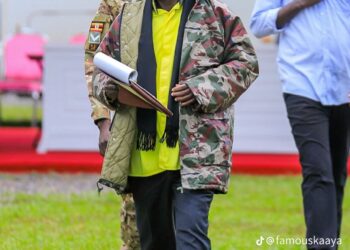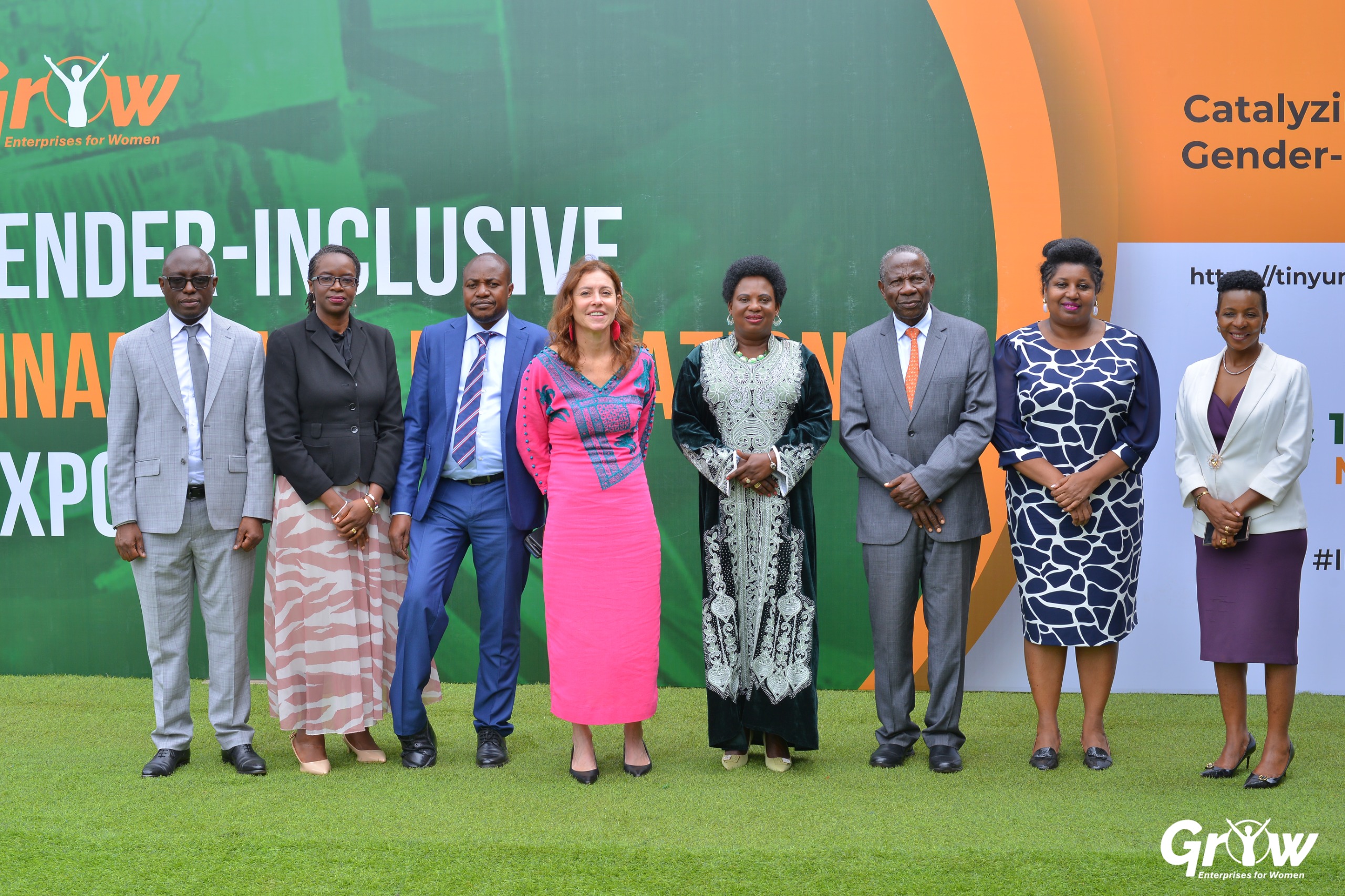Uganda’s journey under the National Resistance Movement (NRM) has been no walk in the park—but it’s been one heck of a ride. From the ashes of instability to the highways of progress, President Yoweri Kaguta Museveni has steered the ship through stormy waters and into calmer seas. But now, he’s saying loud and clear: we’re not done yet. The engine is still running, the map is still open, and the destination—a modern, inclusive, and competitive Uganda—is just around the bend.
So what’s on the docket for the next five years? Buckle up, because Museveni’s 19-point agenda isn’t just a to-do list—it’s a full-blown power play.
First things first: we’ve got to get the 33% of households still stuck in subsistence farming out of the mud and into the money economy. These families aren’t just surviving—they’re waiting for a lifeline. Through the Parish Development Model, Emyooga, and SACCOs, the government plans to turn their hustle into harvest. No more hand-to-mouth—it’s time for hand-to-market.
But you can’t build wealth on shaky ground. Land fragmentation and ownership disputes are like weeds choking our agricultural potential. The NRM wants to clear the bush, sort out land rights, and pave the way for commercial farming that actually pays the bills.
And speaking of bills, Uganda’s been giving away the lion’s share of value by exporting raw materials. Imagine baking a cake and handing it over before it’s iced—80% of the value gone. Museveni says enough is enough. We’re adding value to our crops and minerals before they leave the country. Jobs, revenue, and pride will stay right here at home.
Tourism? That’s another goldmine waiting to be tapped. With the Pearl of Africa’s breathtaking landscapes and cultural gems, it’s high time we polished the pearl and showed it off to the world. Roads, sites, and marketing—Uganda’s beauty is going prime time.
Now, let’s talk farming. Rain-fed agriculture is like betting on the weather—it’s unreliable and risky. The NRM is investing in irrigation and fertilizers to boost productivity and keep food on the table, rain or shine.
But we’re not stopping at the soil. Science, technology, and innovation are the new frontiers. Uganda’s economy needs to level up from low-value exports to high-tech solutions. Think research labs, tech hubs, and digital tools that make industries smarter and faster.
And while we’re speeding things up, we’ve got to cut the cost of doing business. Transport, electricity, and capital access are getting a facelift. The goal? Make Uganda the place where entrepreneurs thrive, not just survive.
Fuel tankers clogging our roads? That’s old news. A refined products pipeline is in the works to streamline fuel distribution and keep our highways safer and cleaner.
Railways are also getting a reboot. The Standard Gauge Railway and the Meter Gauge Railway are on the fix-it list, ready to connect Uganda to regional markets and slash transport costs.
Now, let’s talk youth. Uganda’s young population is bursting with energy, but unemployment and underemployment are holding them back. The NRM is rolling out skilling programs, promoting entrepreneurship, and investing in creative arts, sports, and talent development. If you’ve got the spark, they’ll help you light the fire.
But corruption? That’s the elephant in the room. Museveni’s message is clear: it’s time to clean house. From government offices to private boardrooms, the broom is coming out. Digitization, transparency, and citizen watchdogs will help sweep out the rot.
Uganda’s exports are also facing hurdles—tariff and non-tariff barriers that slow down trade. The NRM is ready to negotiate, streamline, and open up access to EAC, COMESA, and AfCFTA markets. Our products deserve a passport, not a roadblock.
And to fund all this ambition, we need to boost domestic revenue. The revenue-to-GDP ratio has been stuck between 13% and 14%—Museveni wants to break that ceiling. More compliance, better systems, and a broader tax base will help pay for Uganda’s dreams.
Urbanization is another beast. Cities like Kampala are growing fast, but infrastructure is lagging. The NRM plans to invest in modern housing, transport, and amenities to make urban life less chaotic and more livable.
Industrial parks and export zones are also on the menu. These hubs will create jobs, reduce imports, and ramp up exports. It’s about building, branding, and booming.
And let’s not forget the creatives. Uganda’s artists, athletes, and entertainers are national treasures. The government will invest in their growth, turning talent into income and culture into capital.
Social equity is also front and center. Affirmative action programs will be expanded to ensure that women, youth, persons with disabilities, and vulnerable communities aren’t left behind. Everyone deserves a seat at the table.
Healthcare and education are getting a hard look too. UPE and USE schools shouldn’t be charging fees when government funding is in place. And in hospitals, theft of medicines and absentee health workers are unacceptable. Museveni wants accountability, and he’s not mincing words.
Finally, the environment. Climate change and degradation are real threats. The NRM will push for reforestation, clean energy, and sustainable land use to protect Uganda’s natural heritage.
So there you have it—Museveni’s 19-point power play. It’s bold, it’s sweeping, and it’s got no room for half-measures. The message is clear: Uganda’s transformation is a train that’s left the station, and there’s no turning back.
Do you have a story in your community or an opinion to share with us: Email us at editorial@watchdoguganda.com














